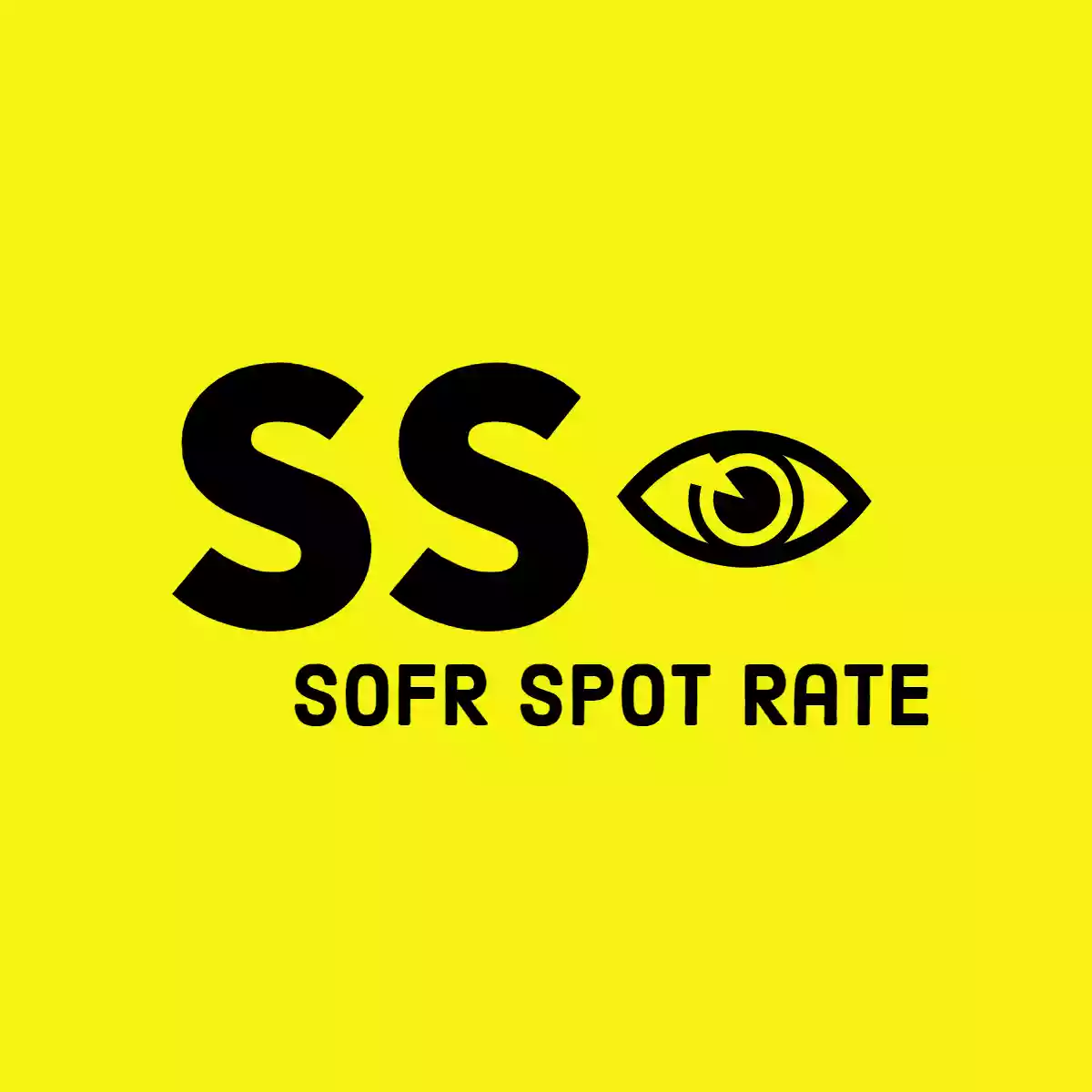The History of the Secured Overnight Financing Rate (SOFR)
Last updated: August 15th, 2022Table of Contents
A Declining LIBOR
After the Great Recession regulators stepped in to shore up market confidence in LIBOR. By July of 2013, regulators introduced new rules to reduce the incentive for banks to submit false rates including, individual submissions being embargoed for three months, additional documentation requirements for auditing, and officers at institutions being put in place to be held accountable in future cases of manipulation. Over the coming years there was also a tightening in the wholesale unsecured short term lending volumes. This lowering of trading volume and liquidity in bank to bank short term lending started to weaken the stability and reliability of the rates that were based on those transactions (LIBOR, Euribor, and TIBOR). The U.S. dollar (USD) LIBOR was an integral reference for other financial activity including derivatives, business loans, mortgages, and credit card interest rates. Estimates in 2016 had $160 trillion of outstanding financial products indexed in large part to the rate. Tighter regulation also led to the potential for banks to feel little incentive to contribute to USD LIBOR panels given lower volumes and potential legal risk from regulators. The writing was on the wall that there was another potential financial storm brewing and regulators needed to act.
Inquiry, Tasks, and Recommendations
The G-20 tasked the Financial Stability Board (FSB) to undertake a review of the major interest rate benchmarks and to lay out potential plans and recommendations for reform. The FSB in response formed a group of global regulators and central banks to examine issues facing global markets. From the public sector FSB brought together the Market Participants Group (MPG) to focus on the viability of transitioning to additional reference rates. The FSB report recommended continued work to strengthen LIBOR and other IBOR rates in the short term and long term to develop an alternative risk-free reference rate. Risk free being key in that relying upon a rate in which the the rate setters (panel banks in LIBORs case), had resulted in incentive to manipulate the rate. This recommendation led to the establishment of the ARRC.
The Alternative Reference Rates Committee (ARRC) gets to work
The Alternative Reference Rates Committee (ARRC) was convened on November 17th 2014. Included in the meeting were representatives of major derivative market participants, American and international regulators, and central banks. Beyond a mandate of finding and developing an alternative rate was also the need to develop a transition plan to move market participants to an identified alternative. Searching for an alternative rate the committee evaluated benchmark quality (liquidity, volume, resilience in periods of constrained liquidity and regulation, and potential), methodological quality (standardization, transparency, and available historical data), accountability and governance (evidence of processes that comply with best practices), and ease of implementation (potential and difficulty to transition away from LIBOR).
Considered Alternatives to SOFR
- Effective Federal Funds Rate (EFFR)
Volume weighted median of overnight fed funds transactions. Representing at the time $70 billion per day in 2016.
- The Overnight Bank Funding Rate (OBFR)
Volume weighted median of both overnight fed funds and Eurodollar transactions. Combining both markets OBFR represented $300 billion in transactions per day in 2016.
- Overnight Treasury General Collateral Repurchase Agreement (GC Repo) rate.
Rate based on overnight secured Treasury GC Repo lending. These deals in which a party offers securities as collateral in exchange for capital on a short term basis. In 2015 this market had approximately $1.5 trillion in outstanding activity.
- Policy Rates: Fed Funds Target (FFT), Interest on Excess Reserves (IOER), Overnight Reverse Repurchase
agreements rate (RRP)
FFT is set by the Federal Open Markets Committee (FOMC) is a rate which guides overnight lending among U.S. banks. IOER, was merged in 2021 with the interest rate on required reserves (IORR) with the interest rate on reserve balances (IORB).
- Treasury Bill or Bond Rates
T-Bill and T-Bond rates are set by the Treasury based on supply and demand in the market.
- Term OIS Rates
Fixed rate negotiated to receive the floating fed funds rate over a specified period.
- Term Unsecured Lending Rates
Unsecured lending rates used in financial commercial paper, CDs, term federal funds or term Eurodollar Transactions.
Finally an Alternative Rate
By 2016 the ARRC had taken its short list down to two potential contenders: OBFR and the Overnight Treasury GC Repo rate. There was a consensus within market participants that a rate based on Treasuries repo rate would be preferred. The ARRC would take this feedback and development on its own rate and on June 22, 2017 announced a proposal to publish a new rate with the cooperation of the Office of Financial Research. The Secured Overnight Financing Rate (SOFR) was announced as a fully transactions based rate with the widest coverage of any Treasury Repo rate available. It would include daily publication from April 3rd, 2018.
Sources
- New York Fed, ARRC, Interim Report and Consultation, May 2016
- New York Fed, ARRC, Press Release, Jun 22nd 2017
- New York Fed, ARRC, Announcement, Sept 20th 2018
- New York Fed, ARRC, SOFR ARM announcement, July 11th 2019
- City A.M., Anthony Browne, LIBOR now has a new Administrator our reforms have gone much further, July 11th 2013
